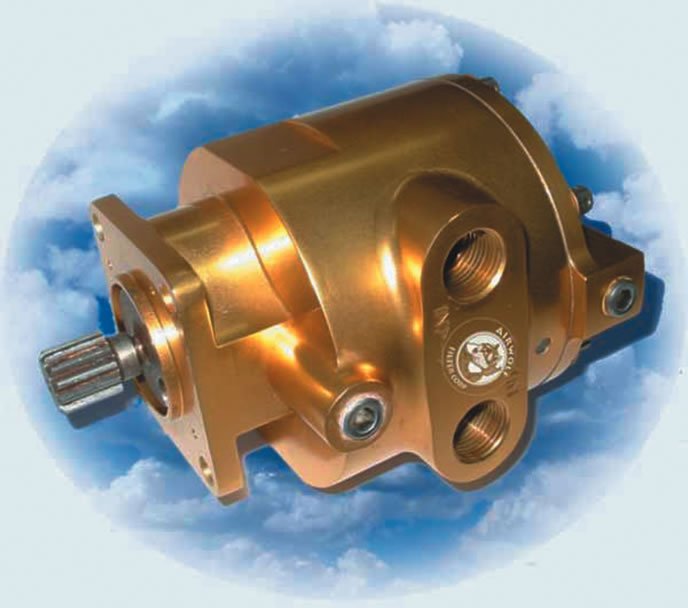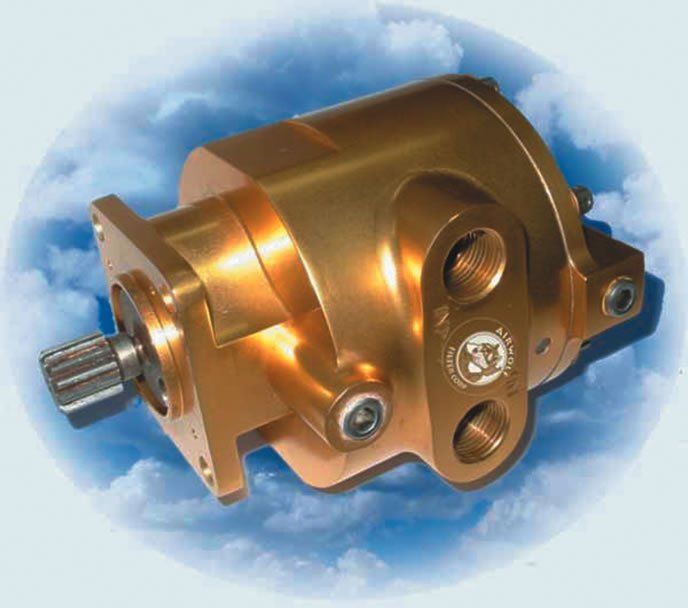After the dry air pump put wet pump makers Pesco and Garwin out of the business, those who used them relied on overhauled pumps. Then, in the 1980s, dry pumps got vilified, and interest in wet pumps returned. Airwolf, known for its line of oil filters, obtained the Pesco data and some of its manufacturing equipment, updated the design, received the necessary certification and started selling wet pump replacements for all 200- and 400-series dry pumps.

Head of production at Airwolf, John Quest, explained that, with oil lubrication, wet pump tolerances are tighter, the vanes are four times as thick as on dry pumps and are bidirectional. While heavier than a dry pump, Quest said that the Airwolf pump is nearly impervious to FOD and requires no maintenance. “Just run it,” was Quest’s response to our questions about maintenance: “Pieces of rubber from hoses go right through it.”
Airwolf stands behind its pump—its warranty is 10 years or 2000 hours of operation. Its advertising claims that an Airwolf wet pump is cheaper than using a dry pump over the course of engine TBO, assuming that a dry pump will have to be replaced every 500 hours and one wet pump will go the distance—plus it asserts that there’s no need for a backup system to power the gyros.
Price for either the 200- or 400-series replacement pump is $1599. We saw overhauled prices starting at $479. The Airwolf pump is STC’d for virtually all aircraft.
There is a school of thought that asserts that when using a wet pump, an air-oil separator is needed to keep oil off of the belly of the airplane. We do not share that opinion—the amount of oil mist coming from the pump is small—and are uncomfortable with the idea of returning waste oil, and the contaminates in it, to the engine.





